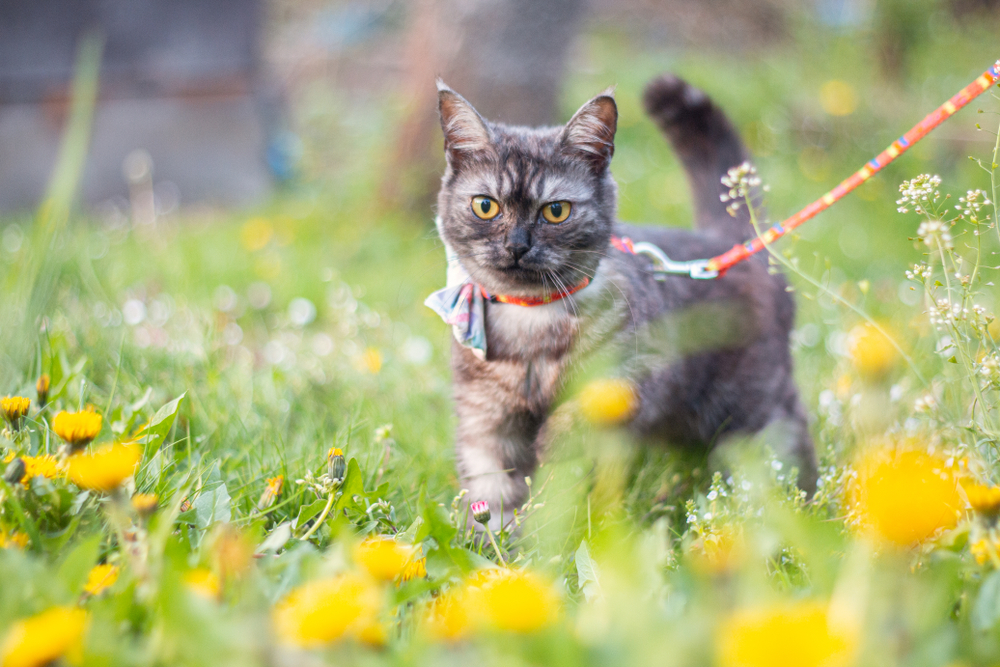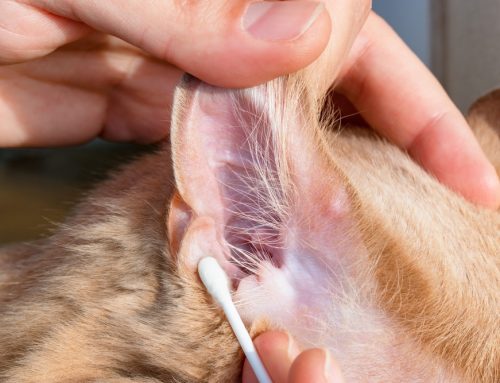Occasionally exploring the great outdoors can be a wonderful escape from being stuck in an air-conditioned house during the summer. While fresh air and sunshine are healthy for you and your pet, you need to recognize that encounters with wildlife can be dangerous. Whether hiking in a forested area or simply enjoying a stroll in a local park, being aware of potential wildlife dangers and taking precautions can help ensure your furry companion’s safety. Our South Shores Pet Clinic team provides you with tips to protect your pet while the two of you respond to the call of the wild.
Understand local wildlife to help ensure your pet stays safe
Before heading out with your pet, become familiar with the wildlife species in your area. California has many predators, such as coyotes, bears, mountain lions, birds of prey, and rattlesnakes. Some wild animals view smaller cats and dogs as prey. Additionally, encounters with venomous snakes or aggressive animals can lead to severe injuries or fatalities. By knowing what species are present and their typical behaviors, you can better anticipate and mitigate your pet’s potential danger risks.
Keep your pet on a leash
One of the most effective ways to protect your pet from wildlife encounters is to keep them on a leash. Leashing prevents them from wandering off and getting lost, allowing you to maintain control in case of an unexpected wildlife encounter. Even well-trained pets can become curious or chase after wildlife, putting themselves in harm’s way. By keeping your four-legged friend on a leash, you can ensure their safety while enjoying outdoor activities together.
Supervise your pet during outdoor activities
When allowing your pet to roam in your backyard, you should always supervise their activities, especially during dawn and dusk when wildlife tend to be most active. Install fencing or barriers on your property to prevent access to areas where encounters with wild animals are more likely, such as near wooded areas or bodies of water. Because certain species, such as coyotes, skunks, and raccoons, have adapted to urban environments, your local park or neighborhood isn’t wildlife-free. Supervision allows you to intervene quickly if your pet encounters a potentially dangerous animal or situation.
Maintain your pet’s vaccinations and parasite preventives
Ensure your pet is up-to-date on vaccinations and preventive medications, including those for diseases transmitted by wildlife such as rabies and leptospirosis. Regular veterinary visits can help detect any health issue early and provide appropriate preventive care. Additionally, ensure you regularly administer flea, tick, and heartworm preventives to your pet to protect them from parasites that commonly inhabit natural areas.
Train your pet
Before heading to a trail or natural area, train your pet to respond to recall commands, including “come,” “leave it,” and “stay.” These commands can be invaluable in preventing wildlife-related incidents. Teach your furry friend to come when called, even in a distracting environment, and reinforce this behavior through positive reinforcement techniques such as giving them a treat. Practice recall exercises regularly, gradually increasing the level of distraction to simulate real-life scenarios. Calling your pet back to safety can make all the difference in a wildlife encounter.
Be prepared for pet emergencies

Despite your best efforts, wildlife encounters can still occur. Prepare a pet first-aid kit containing essential supplies such as:
- Bandages
- Adhesive tape
- Antiseptic wipes
- Tweezers for removing ticks or thorns
- Small scissors
- Gauze
- Cotton balls
Familiarize yourself with basic first aid procedures for pets, including how to handle injuries caused by wildlife encounters. Additionally, keep our clinic’s contact information readily available in case your pet needs immediate medical attention.
Enjoying the great outdoors with your furry pal can be a rewarding experience, but you must prioritize their safety around wildlife. You can avoid wild animal emergencies by understanding potential threats, supervising outdoor activities, maintaining preventive care, and training your pet to respond to commands. Contact our South Shores Pet Clinic team if you have questions about your four-legged friend’s safety around wildlife.







Leave A Comment